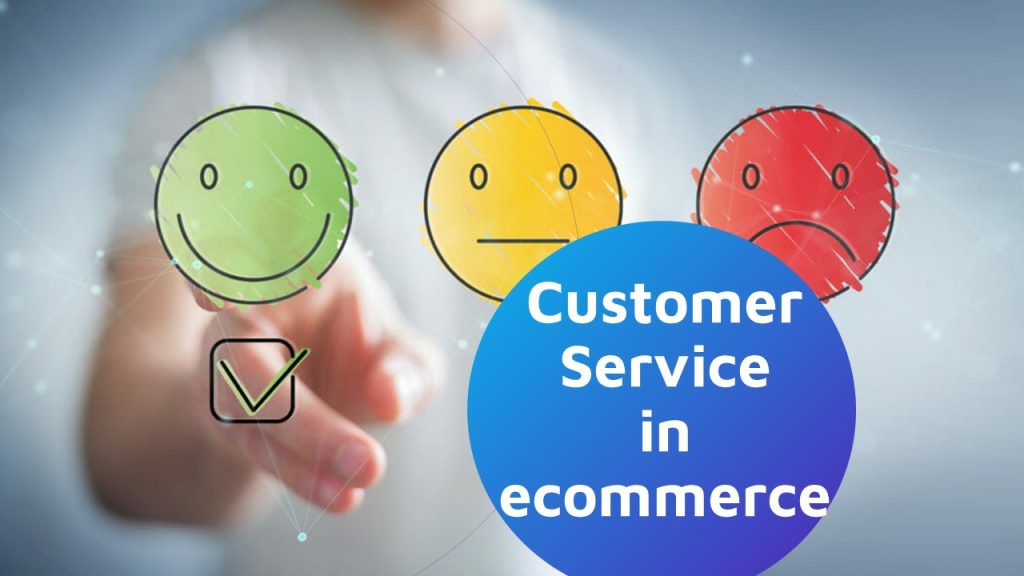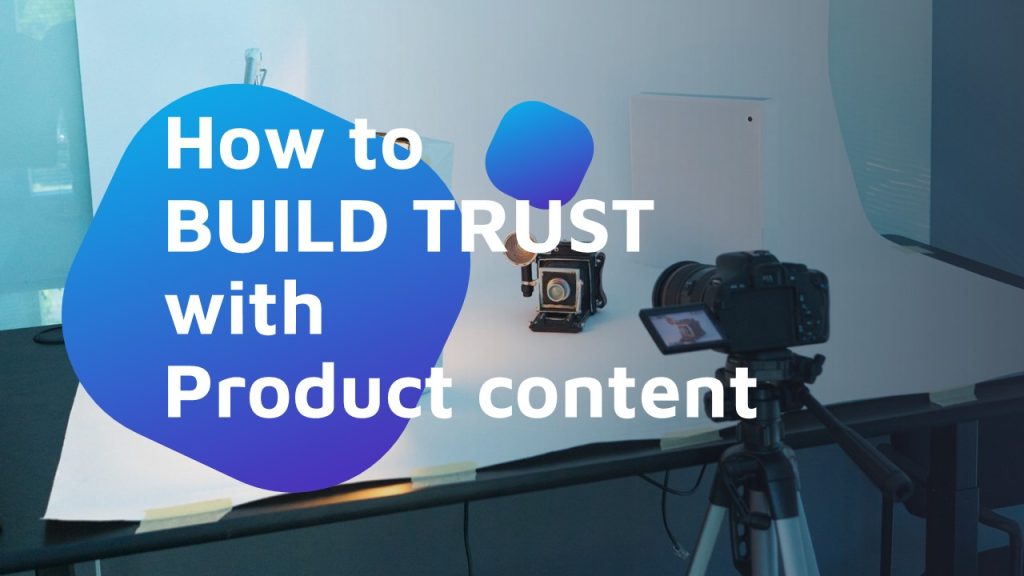From the early days blogs to the latest product review or unboxing videos, user-generated content in ecommerce has nothing but grown over the past few years, given its engagement and relatability.
What is user-generated content?
All in all, user-generated content is any piece of content created and published by users. Its power relies on the fact that it’s not a promotional piece of content made by brands. Instead, UGC inverts the promotion process by using personal reviews and opinions to spread brand awareness through trust and imitation.

Word-of-mouth is such a powerful marketing tool that it has even surpassed the circle of family and friends. An old study from Nielsen (2012) stated 90% of consumers trusted suggestions from family and friends. HubSpot says about 70-75% of consumers make their purchase decisions after reading reviews and testimonials. 68% of people trust online opinions from other consumers – even strangers. The data speaks for itself, and experts agree that word-of-mouth is more effective than traditional marketing.
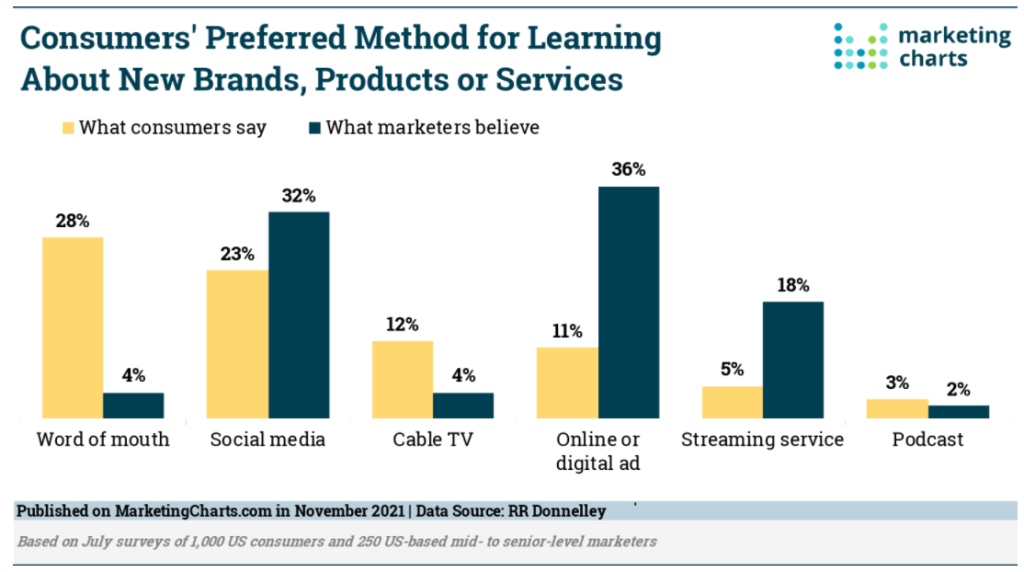
Types of User-Generated Content
Below are the most common types of user-generated content. Note however that its main purpose is to be posted by users, not businesses. Nevertheless, incentivizing or even paying for it is a common practice for many businesses, especially in the era of Instagram Shopping and TikTok.
- Public comments on Social Media posts.
- Product reviews posted through Trustpilot, Amazon, or Google My Business’ profile.
- Testimonials may not be that easy to get spontaneously but are a great boost for any brand receiving it. User testimonials are much more than a public review, as they (ideally) tell a story where a problem solved by the product. And that goes way beyond an “I bought it, and I loved it” – kind of review.
- Videos and pictures. Most ecommerce or Social Media platforms not only allow, but also promote including visual proof in product reviews. YouTube, in turn, gives users a loudspeaker often used in unboxing videos or product reviews.
- Blog posts offer a wide range of possibilities – depending on their publisher Because literally everyone can post an article and share it with his community or across different channels to give it visibility.
- Influencers are great providers of user-generated content in ecommerce. When Instagram Shopping was launched in 2017 their role became pretty active to promote products among their followers in very little time. Then came microinfluencers, a slightly riskier investment for brands, who could either dream of seeing their sales skyrocket, or see followers stagnate.
- Live streams deserve a separate bullet point, as they merge the work of influencers and video into live events that are able to gather communities, create expectation and answer the questions they have.
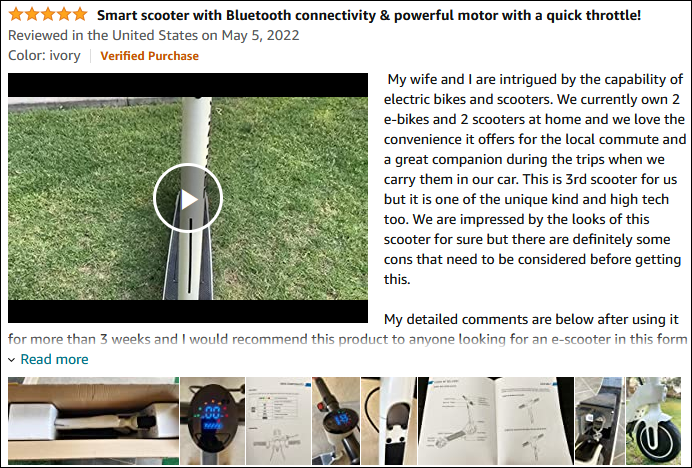
The benefits of betting on user-generated content
User-generated content is one of the fastest-growing ways to market brands and products and is even able to impact and influence communities and businesses. Sometimes even driving change more effectively than governments, as we explained in our post about sustainability in ecommerce. There are multiple advantages in betting for it:
- Reach and visibility. Every type of content belongs to a specific environment, and UGC provides both visibility and shareability. By outsourcing the creation of content and adapting communication to specific slangs and communities, brands can test new channels and strategies. And this isn’t small feat in the era of Omnicanality.
- Relatability and engagement. As mentioned before, people trust their peers’ opinion more than anything else. And peers include what viewers perceive as “people like them”, i.e., members of their community with whom they share interests, needs, and concerns. Hence, user-generated content is more likely to retain their attention and increase their interactions. This is why many online businesses seek influencers with a preexisting community of followers.
- Versatility. User-generated content can be used in different channels and instances (as long as authors authorize it). Testimonials and video reviews work great in crowdfunding campaigns and product landing pages, while pictures are broadly used in Social Media, like raffles and community building campaigns.
- Improves SEO. Google rewards the content users share with each other. And when it tags, links, or mentions brands, their authority increases, making then more likely to be on top of search results whether the query is about the brand or the product.
- Time and money saving. Being on Social Media takes time, from research to promotion. Relying on user-generated content is cost-effective because it replaces paid ads and funnels users in a very simple way saving time and money.
There are inherent risks though
Spontaneity is a double-edged sword and that can have both positive and tragic consequences. User-generated content can be encouraged and driven. However, it cannot be controlled, and fighting it takes a lot of time and effort, that can even turn against oneself.
On the one hand, because paid user-generated content can be identified by users if it’s not discrete enough, if its authenticity can be doubted, or if actual buyers can disprove. There’s a high chance that influencers measure the risk they take with a new product.
The slightest discrepancy between a product’s value proposition and customer experience can result in an avalanche of negative comments or just an uncomfortable buzz taking users to one of your competitors. And again, digging oneself out of there is not easy.
On the other hand, pictures have a strong impact, indeed. But video is the preferred and most consumed type of content, and not only can it canalize an unhappy customer’s anger but also spreads like wildfire.
Seeding to build trust
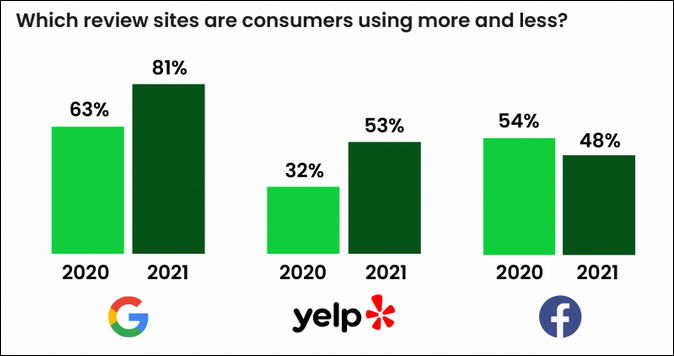
https://www.brightlocal.com/research/local-consumer-review-survey/
The post-pandemic reality has somewhat merged the offline and the online worlds, taking ecommerce to a whole new level in terms of discovery, research, and comparison. Patterns have changed, and consumers now indistinctively go to physical stores to see the products they discover online or offline, compare them, what brands stand for, etc. And this is only going to increase with the rise of visual search.
This explains the rise of omnichannel strategies, aimed at building long-term trust with consumers, keeping a single corporate identity across all channels – physical or digital.
Knowing this sketches the context for brands to seed as many channels as possible with user-generated content. The reason is simple: finding conversations and personal experiences around a product is key in building that trust.
Still, people won’t promote you just for fun…
Why would anyone post a picture with your product on Social Media if they don’t get something in return?
It takes time to seed many channels at once, and the first step to get people to do something for your brand is by offering incentives. At this point, you will need to design a campaign offering that something in return.
There are many ways to make the sparkle ignite among other users: using hashtags, getting users to tag your brand when they share their picture, offering referral or next-order discounts,…
Make sure you define this in the first place.
How to do it?
- Identify where your audience and potential buyers move. Demographics have a lot do here, as there is a preferred channel for every segment, age group, and interest.
- Use hashtags and create your own! Not only will people find your brand or product easier, but you will also be able to track a little better how much people talk about your brand.
- Enable alerts so you don’t miss any mention about your product or brand.
- Be responsive. Social Media platforms may be rose gardens; but they’re highly flammable too. When people are happy about something they may or may not post it. However, when their expectations come short, they will make sure to shout it out. Reply to public comments in a timely manner, be grateful to positive reviews, and make sure to divert unhappy users to a private solving instance.
- Take your feedback seriously. Keep a log and categorize what your audience expects, misses, or loves about your product. When the right time comes, you will have enough material to improve your product, your content, and create more engaging campaigns.
- Encourage your customers to promote your product through referral perks, discounts, raffles, or giveaways.
You probably know Content2Sell focuses on product content for ecommerce. And user-generated content may seem somewhat out of our scope. But not entirely: you don’t need more than a camera and a keyboard to react, post, or share content publicly or privately. Thus, venturing in is a part of a larger strategy where content plays an important role: instantly catching people’s eye. And to do that, you might need your own team of specialists in product photography, videography, and graphic design.


